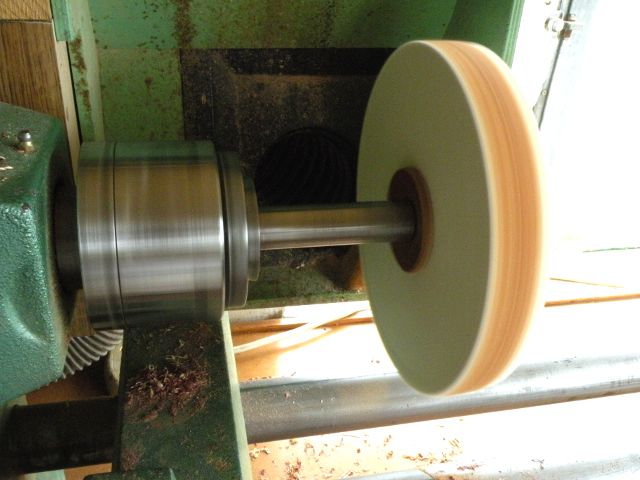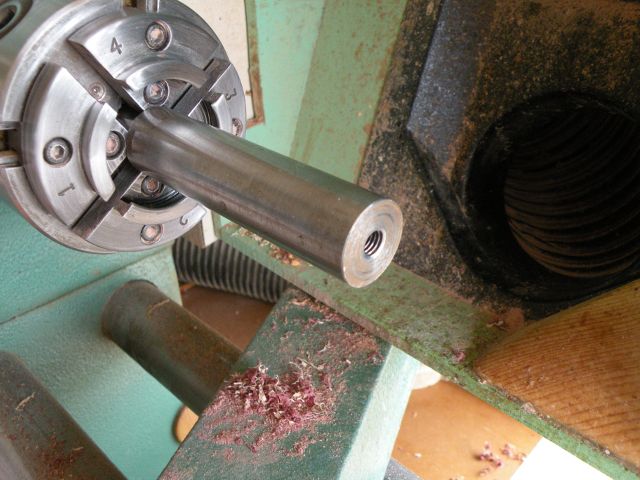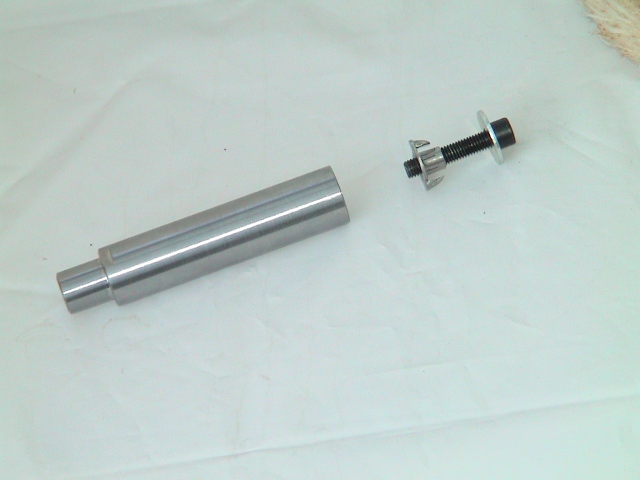stevebuk
Established Member
well done LW, and it just so happens i am in that area on Oct 5/6th and just may call in for a quick look, but dont want to spoil my chance of getting something cheaper at Harrogate.. :lol:

Knock yourself up some of these discs,print, stick on a bit of stiff card or MDF and mount on a 6mm bolt.Lightweeder":32u85d3p said:The speed range on the Record Power is fine, and I'll be spending most of my time on the middle belt, but it's (strangely) got no digital read-out. I find that a bit wierd, but I'll forgive it anything at the minute.
LW




Lightweeder":cx7v28qy said:There are occasions - like when I'm using buffing wheels, that I'm not supposed to exceed a certain speed. Am I being a bit 'retentive' ?
LW


CHJ":3r92e2yy said:No LW, just safety aware, several items such as cole jaws also have max speed ratings for safety, although as you have probably already found the area around 800-1000 rpm on the 200mm mops gets to be instinctive because of the level of rigidity in the mop.
duncanh":2osstvwf said:In the small booklet that comes with Teknatool chucks and jaws every jaw set has a maximum speed listed. In expansion mode the maximum for any set is 684rpm. In contraction the jaws I use the most have 684 for the step jaws and 684 for the powergrip. This seems way too low

CHJ":32q255k6 said:LW, if your mandrel is held firmly in the chuck there should be no reason for you to use the tailstock.
The mandrel was made so solid specifically to avoid any need for tailstock support.
In fact when the new domed mops are attached to the mandrel you need the open end to allow access to the bowl internals.
Lightweeder":1dz42e08 said:Sorry, made a right muck up of that
Lightweeder":1dz42e08 said:CHJ":1dz42e08 said:LW, if your mandrel is held firmly in the chuck there should be no reason for you to use the tailstock.
The mandrel was made so solid specifically to avoid any need for tailstock support.
In fact when the new domed mops are attached to the mandrel you need the open end to allow access to the bowl internals.
Lightweeder":11pyzxby said:Sorry, made a right muck up of that
Lightweeder":3jzwddax said:OK, before we finally give this thread a decent burial, Chas can I ask you - if you use tripoli on your abrasive wheel, a) how can you prevent the dark colouring transferring to light wood? ...
Lightweeder":3jzwddax said:.. do you know of any way to clean the wheel ?
Lightweeder":3jzwddax said:Duncan is right when he said I might have used a bit too much tripoli, but I've also got a bit of dark stain on the first wheel. Seems to me I can only use it on dark woods now .